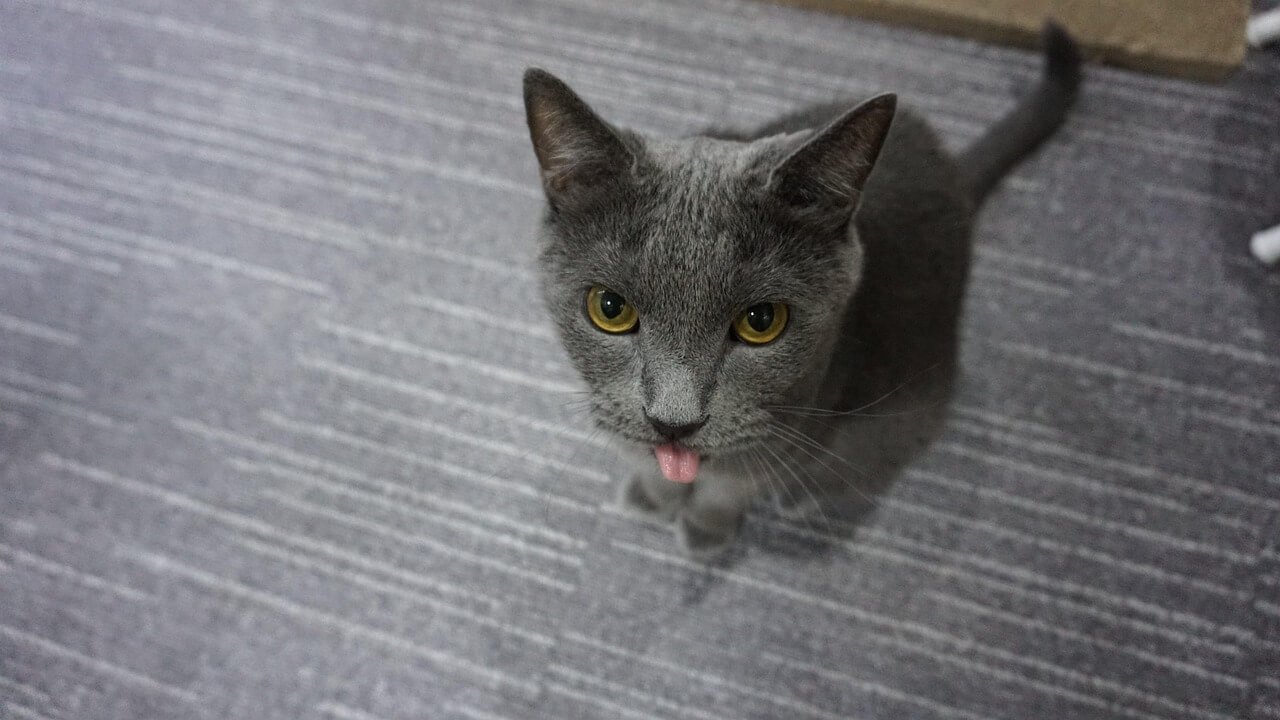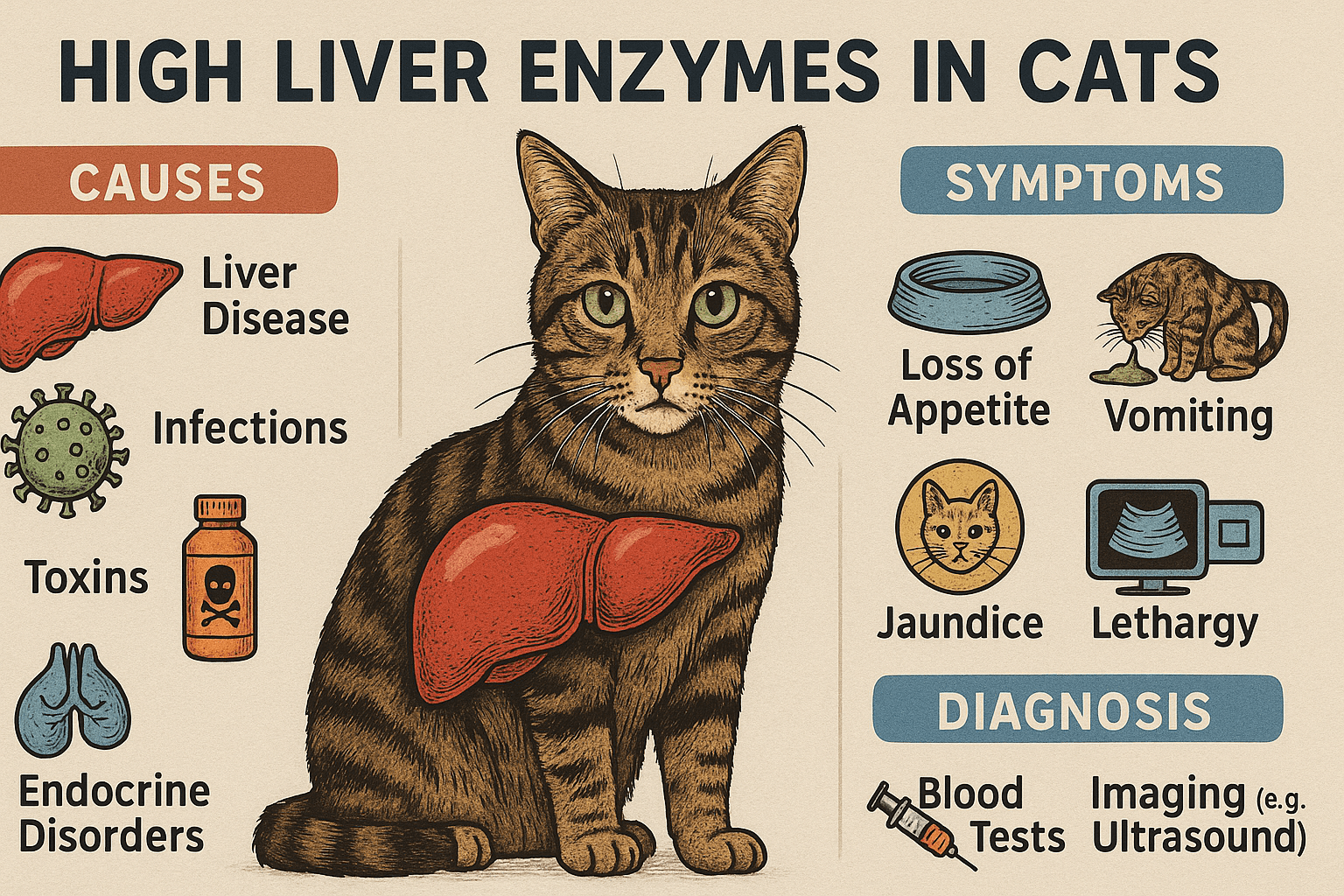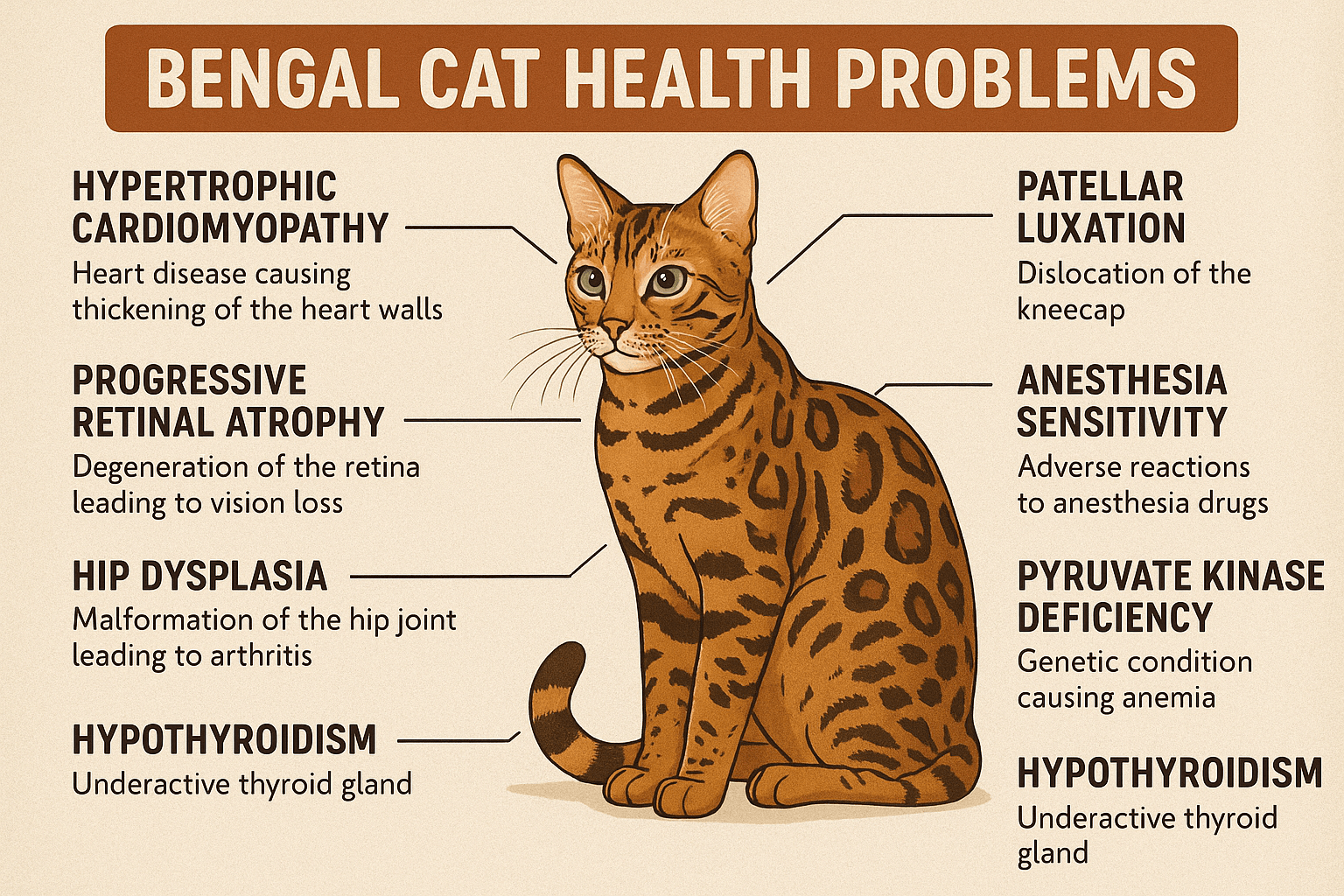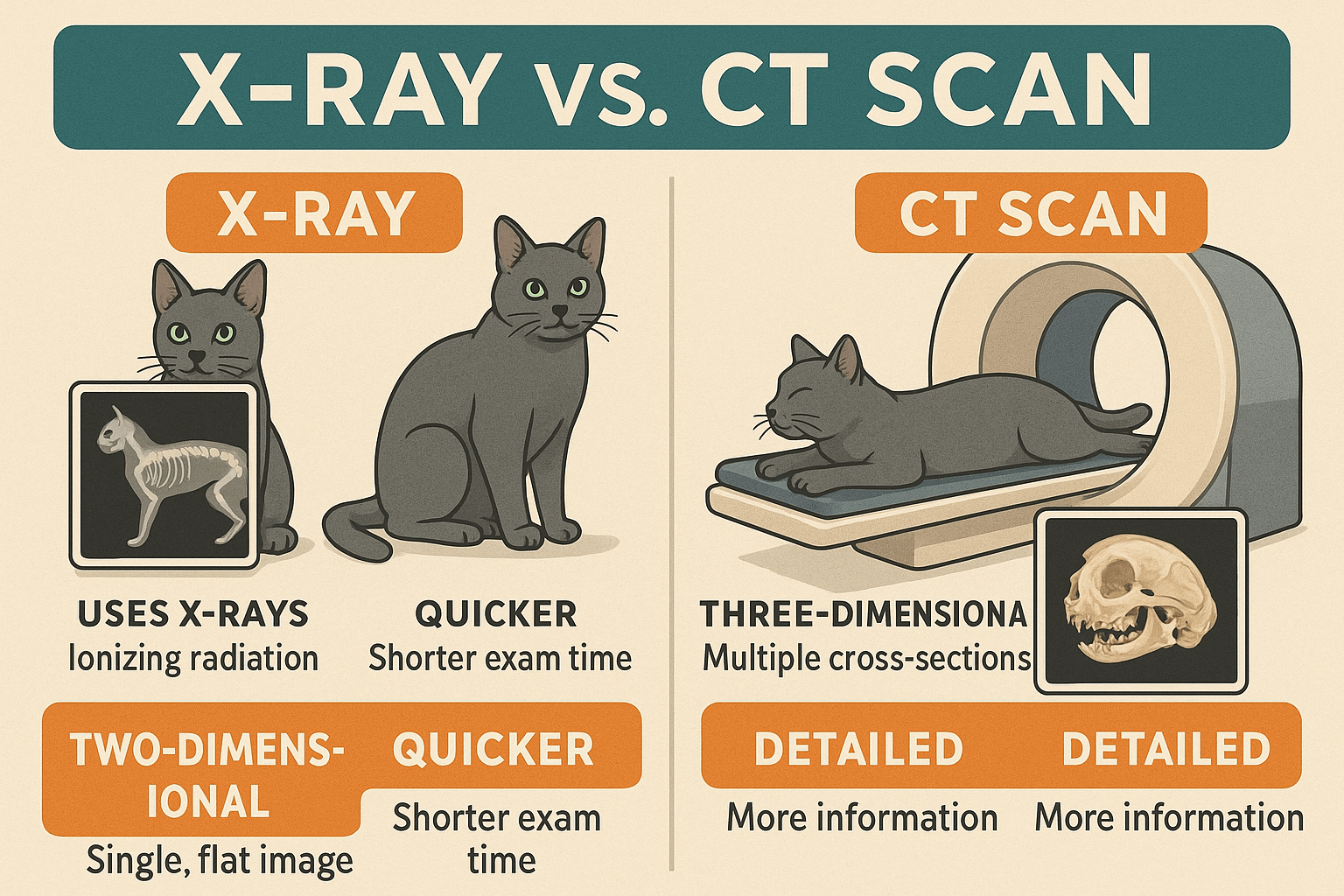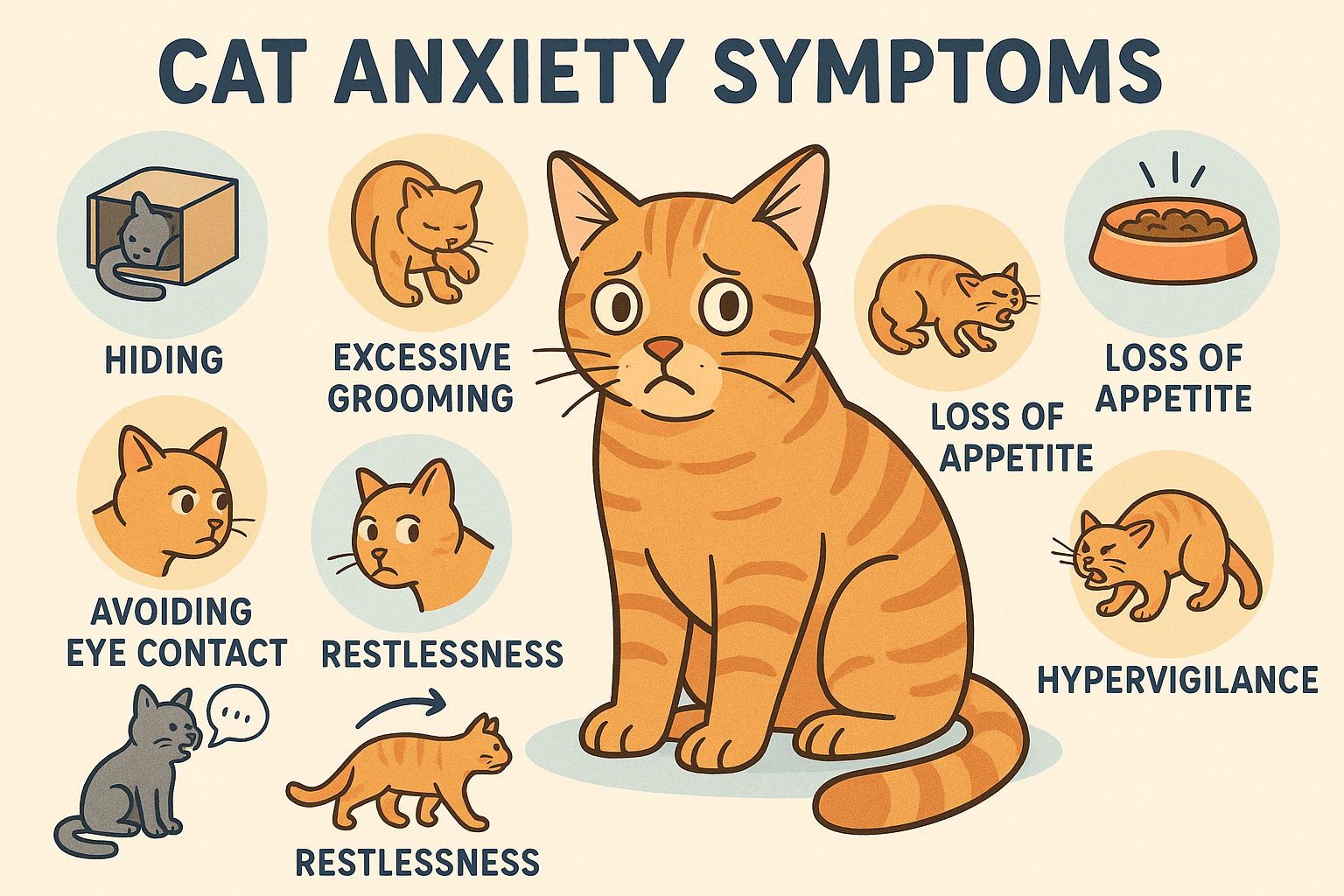Understanding Cat Gabapentin Side Effects
Gabapentin has become a popular medication for managing anxiety, pain, and seizures in cats. While it offers significant benefits, pet owners must also be aware of potential side effects to ensure their feline companions remain safe and comfortable. Like any medication, gabapentin can cause reactions that vary from mild to more serious, depending on the cat’s health and dosage. By understanding these effects, you can make informed decisions about your cat’s treatment and work closely with your veterinarian to minimize risks. Let’s explore everything you need to know about gabapentin and its impact on cats.
Common Side Effects of Gabapentin in Cats
While gabapentin is generally well-tolerated by most cats, some may experience mild side effects. These are typically temporary and resolve as the cat adjusts to the medication. Here are the most frequently reported reactions:
Lethargy:
Many cats appear unusually sleepy or sluggish after taking gabapentin. This is one of the most common side effects and often diminishes over time.Wobbliness or Loss of Coordination:
Some cats may exhibit unsteady movements or difficulty walking, especially when starting the medication.Increased Appetite:
Gabapentin can sometimes cause cats to feel hungrier than usual, leading to overeating if not monitored.Vomiting or Nausea:
A small percentage of cats may experience mild digestive upset, such as vomiting or nausea, shortly after administration.Mild Sedation:
Temporary sedation is common, particularly with higher doses, but it usually subsides as the body adjusts.
If your cat experiences any of these side effects, consult your veterinarian to determine whether adjustments to the dosage or schedule are necessary.
Rare but Serious Side Effects of Gabapentin
Although uncommon, some cats may develop more severe reactions to gabapentin. Recognizing these signs early is crucial for preventing complications.
Allergic Reactions:
Symptoms like swelling, itching, or difficulty breathing could indicate an allergic response to the medication.Severe Lethargy:
If your cat becomes extremely weak or unresponsive, it may signal an adverse reaction requiring immediate attention.Loss of Appetite:
Unlike increased hunger, some cats may refuse food entirely, which can lead to dehydration or weight loss if not addressed promptly.Agitation or Aggression:
Rarely, gabapentin may cause behavioral changes, such as irritability or aggression, which are atypical for your cat.Kidney or Liver Issues (in Prolonged Use):
Long-term use of gabapentin without proper monitoring may strain the kidneys or liver, especially in older cats.
If you notice any of these serious side effects, contact your veterinarian immediately to discuss alternative treatments or interventions.
Check this guide 👉Pyometra in Cats: Best 7 Expert Tips!
Check this guide 👉Gastritis in Cats: Best 7 Expert Tips!
Check this guide 👉Tachypnea in Cats: Best 7 Health Tips!
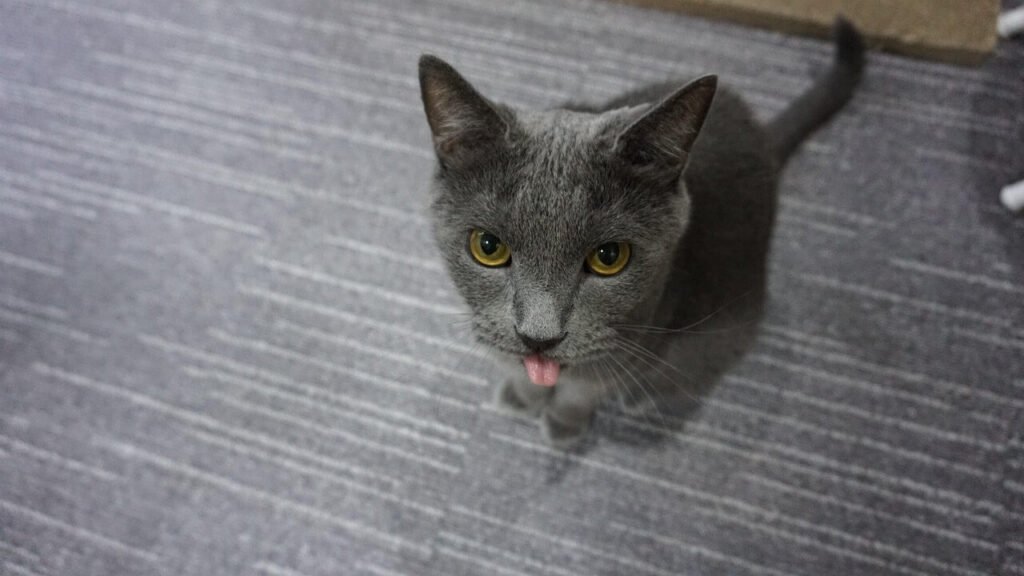
Benefits of Gabapentin for Cats | Potential Risks to Monitor |
|---|---|
Reduces anxiety during vet visits | Lethargy or excessive sedation |
Manages chronic pain effectively | Wobbliness or coordination issues |
Helps control seizures | Vomiting or nausea |
Non-addictive compared to other drugs | Allergic reactions (rare) |
Easy to administer orally | Loss of appetite (uncommon) |
Tips for Administering Gabapentin Safely
Administering gabapentin correctly is essential for minimizing side effects and ensuring your cat receives the full benefits of the medication. Follow these practical tips for safe usage:
Start with a Low Dose:
Begin with the lowest effective dose and gradually increase it under veterinary guidance to reduce the risk of side effects.Administer with Food:
Giving gabapentin with a small meal can help prevent nausea or digestive upset in sensitive cats.Monitor Your Cat Closely:
Observe your cat’s behavior and physical condition for the first few days after starting the medication to catch any adverse reactions early.Follow the Prescribed Schedule:
Stick to the recommended dosing schedule to maintain consistent levels of the medication in your cat’s system.Communicate with Your Vet:
Report any unusual symptoms to your veterinarian promptly to ensure adjustments can be made if needed.
By following these guidelines, you can help ensure a smooth and safe experience for your cat while using gabapentin.
Alternatives to Gabapentin for Cats
If gabapentin isn’t suitable for your cat or if side effects become problematic, there are alternative treatments available. Discuss these options with your veterinarian to find the best solution:
Behavioral Therapy:
For anxiety-related issues, behavioral modification techniques can complement or replace medication in some cases.Natural Supplements:
Products containing calming ingredients like chamomile or L-theanine may help reduce stress without prescription drugs.Pain Management Alternatives:
Non-steroidal anti-inflammatory drugs (NSAIDs) designed for cats can be used for pain relief, though they require careful monitoring.Environmental Enrichment:
Creating a calm and stimulating environment can alleviate stress and improve overall well-being.Acupuncture or Physical Therapy:
These holistic approaches are growing in popularity for managing pain and anxiety in pets.
Exploring alternatives ensures your cat receives personalized care tailored to their specific needs.
Signs Your Cat May Be Experiencing Gabapentin Side Effects
Recognizing potential side effects early can help you address issues before they escalate. Here are some common signs to watch for:
Changes in Behavior:
If your cat seems unusually withdrawn, agitated, or disoriented, it could indicate a reaction to gabapentin.Physical Symptoms:
Look for signs like vomiting, diarrhea, or excessive drooling, which may suggest digestive distress.Difficulty Walking:
Wobbliness or unsteady movements often point to neurological side effects caused by the medication.Loss of Interest in Food or Water:
A sudden refusal to eat or drink is a red flag that requires immediate attention.Excessive Sleepiness:
While mild sedation is normal, extreme lethargy may signal an adverse reaction.
By staying vigilant and observing these signs, you can quickly identify and address any concerns related to gabapentin use.
How to Make Gabapentin More Palatable for Cats
Many cats resist taking medications, but there are ways to make gabapentin easier to administer. These strategies can reduce stress for both you and your pet:
Mix with Wet Food:
Hide the capsule or powder in a small amount of wet food to mask its taste and texture.Use Pill Pockets:
Commercially available pill pockets are soft treats designed to conceal medications seamlessly.Crush and Mix (if approved by your vet):
Crushing the tablet and mixing it with a strong-smelling food, like tuna or chicken broth, can encourage consumption.Try a Compounded Formula:
Some pharmacies offer flavored liquid or chewable versions of gabapentin tailored to feline preferences.Reward with Treats:
Offer a favorite treat immediately after administering the medication to create a positive association.
These methods can simplify the process of giving gabapentin and ensure your cat receives their full dose without resistance.
Long-Term Considerations for Gabapentin Use
If your cat requires gabapentin for an extended period, ongoing monitoring is essential to maintain their health and well-being. Here’s what you should keep in mind:
Regular Vet Check-Ups:
Schedule routine visits to assess your cat’s overall health and adjust the dosage if necessary.Kidney and Liver Function Tests:
Long-term use may impact organ function, so periodic blood tests are recommended to detect early warning signs.Behavioral Monitoring:
Track changes in your cat’s mood, energy levels, or habits, as these may indicate tolerance or side effects developing over time.Dose Adjustments:
As your cat ages or their condition evolves, the dosage may need to be modified to remain effective and safe.Alternative Options Over Time:
Explore non-medication therapies, such as acupuncture or environmental enrichment, to potentially reduce reliance on gabapentin.
By staying proactive and attentive, you can ensure your cat continues to benefit from gabapentin while minimizing risks associated with prolonged use.
Frequently Asked Questions About Gabapentin for Cats
How long does it take for gabapentin to work in cats?
Gabapentin typically takes effect within 1-2 hours, with peak effects occurring around 2-3 hours after administration.
Can gabapentin be given long-term?
Long-term use is possible but should only occur under veterinary supervision to monitor for potential complications.
What should I do if my cat misses a dose?
Administer the missed dose as soon as you remember, unless it’s close to the next scheduled dose. Never double up on doses.
Is gabapentin safe for senior cats?
Yes, but older cats may require lower doses due to potential kidney or liver concerns. Regular check-ups are essential.
Can gabapentin interact with other medications?
Yes, gabapentin may interact with certain drugs, so always inform your vet about all medications or supplements your cat is taking.
Prioritizing Your Cat’s Health and Comfort
Gabapentin can be a valuable tool for managing pain, anxiety, and seizures in cats, but understanding its potential side effects is critical for responsible pet ownership. By staying informed, working closely with your veterinarian, and monitoring your cat’s response to the medication, you can ensure their safety and well-being. Remember, every cat is unique, and what works for one may not suit another. With proper care and attention, you can make the best decisions for your beloved companion and provide them with a happy, healthy life.
High Liver Enzymes in Cats: Best 7 Expert Tips! Discover causes, symptoms, and treatment options for elevated liver enzymes in cats. Learn how to support your cat’s liver health effectively.
Bengal Cat Health Problems: Best 7 Expert Tips! Discover expert advice on common Bengal cat health issues, preventive care, and tips to keep your feline friend healthy and happy for years to come.
X-Ray vs CT Scan for Cats: Best 7 Expert Tips! Discover key differences, benefits, and expert advice on choosing the right imaging method for your cat’s health needs.
Cat Anxiety Symptoms: Best 7 Expert Tips! Discover signs of feline stress, effective calming strategies, and expert advice to help your cat feel safe, happy, and relaxed at home.

